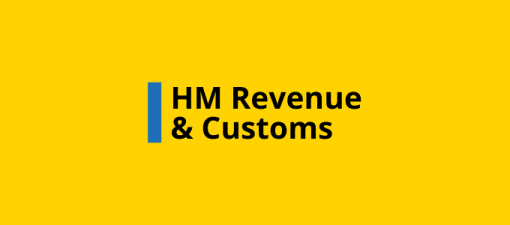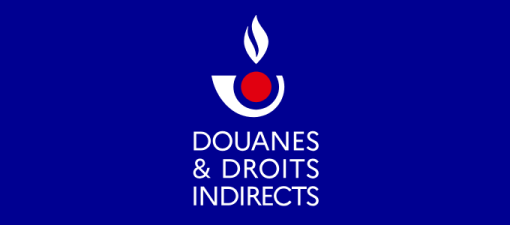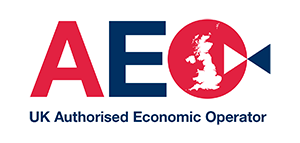This is an indicative seal that a customs officer may apply to identify goods under customs control. It may be applied in addition to a trader’s commercial seal. If, in the UK, you receive goods secured by an official customs seal you must inform your local HMRC control office as soon as they arrive. Unless you’re an authorised consignee you must not remove an official seal without prior approval from customs. Interference with, or unauthorised breakage or removal of, an official seal is an offence under Customs and EU law. It’s important therefore that you’re able to recognise these seals.
Support Centre
Latest News

HMRC Update : Import Control System 2 (ICS2) – act now to be ready by 31 December 2025
Import Control System 2 (ICS2) is the new IT system for submitting entry summary (ENS) declarations…

Douane (French Customs) update - ICS2 Road, Rail Vectors and Unaccompanied Trailers Important Reminder: End of Transition on 31 December 2025
The ICS2 transition period for road and rail vectors and for unaccompanied trailers ends on 31…

HMRC Update - CDS System Maintenance, Sat 13 - Sun 14 December 2025
Due to maintenance the Customs Declaration Service (CDS) will be unavailable to all users from…

CustomsLink Christmas and New Year Opening Times 2025
Our customer service team will be available in some capacity most days over the Christmas and New…

Demystifying ICS2 & ELO webinar - Thursday 20th November, 10.00 – 11.00
North and Western Lancashire Chamber of Commerce presents... Demystifying ICS2 & ELO - what…

APHA Update - Lumpy Skin Disease: import of milk and dairy products from Spain
Great Britain (England, Scotland and Wales) has suspended the import of the following bovine…








